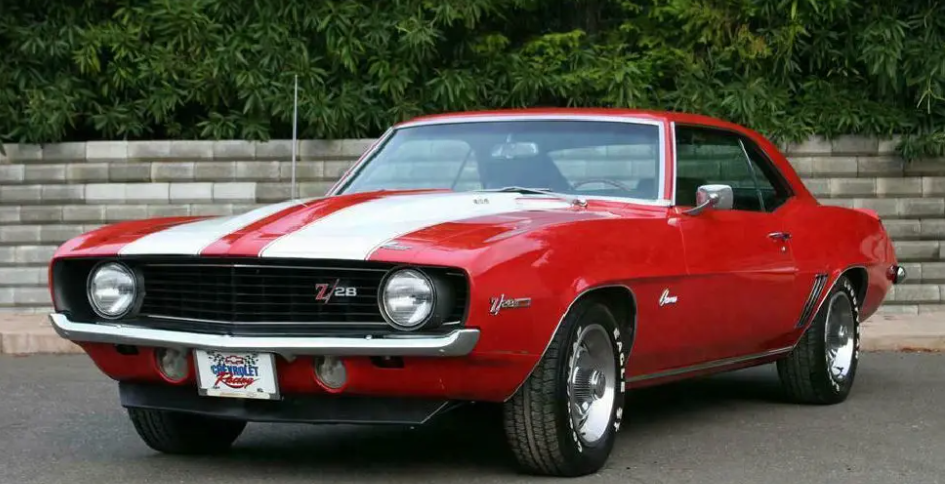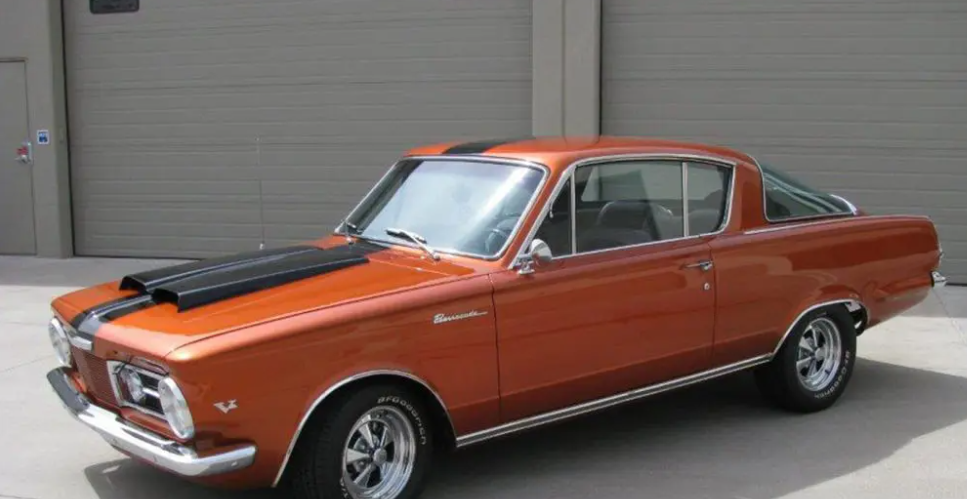For decades, automotive enthusiasts have debated the true difference between pony cars and muscle cars. While they often share engines, design cues, and even audience appeal, they’re not interchangeable. Both are icons of American automotive history, yet they represent distinct philosophies and eras in car culture.
So, what really separates a pony car from a muscle car? Let’s dive into their origins, characteristics, and the standout models that defined their identities.
The Core Difference: Size, Purpose, and Attitude
At first glance, pony and muscle cars might look like variations on the same theme—two-door American performance cars, built to thrill. But under the sheet metal lies a different story.
Pony cars were born to be compact, stylish, and relatively affordable, aimed at younger buyers craving performance without the bulk. Muscle cars, on the other hand, are brawnier beasts—larger, heavier, and built for raw, straight-line speed.
The pony car is all about sporty agility and sleek design. The muscle car? It’s about power, noise, and dominance at the drag strip.
What Is a Pony Car?
Pony cars burst onto the scene in the mid-1960s with a bold idea: offer a sleek, performance-focused car with an attainable price tag. They’re built on compact platforms, prioritize nimble handling, and typically feature a long hood and short rear deck. While many were equipped with small-block V8s, some had big blocks squeezed in—often at the expense of handling.

Key Features of a Pony Car:
- Two-door coupe layout
- Compact size and lighter weight
- Rear-wheel drive
- Sporty styling with youthful appeal
- Affordable price ($3,000–$4,000 in their day)
- Manual or automatic transmissions
- Built for both straight-line performance and handling
Notable Pony Cars:
- 1969 Chevrolet Camaro Z/28: With a 302 cubic inch V8 delivering 290 horsepower, it was a track-ready machine with crisp handling and a four-speed manual.
- 1969 Ford Mustang Mach 1: Perhaps the quintessential pony car, especially with the 428 Cobra Jet engine—335 horsepower and immense torque.
- 1970 Dodge Challenger T/A: A street-legal Trans Am race car with a 340 cubic inch V8 and aggressive styling.
While the 1964 Plymouth Barracuda technically launched two weeks before the Mustang, it was the Ford Mustang that defined the segment—so much so that the term “pony car” owes its name to it.

So, What’s a Muscle Car Then?
Muscle cars predate pony cars and represent the brute force of American performance. Think big engines in mid-sized bodies, built more for dominating quarter-mile races than carving corners. These cars were aggressive, loud, and made no apologies about their thirst for speed.
Muscle Car Characteristics:
- Intermediate or mid-size body style
- V8 engines (often big blocks)
- Rear-wheel drive
- Designed primarily for straight-line acceleration
- Affordable to the working class ($3,000–$4,000)
- Dual exhaust, high-performance carbs, and plenty of grunt
- Limited cornering ability, but unrivaled at the drag strip
Legendary Muscle Cars:
- 1969 Chevy Chevelle SS 396: Packing up to 375 horsepower, it was a street-legal muscle monster with brawny looks and power to back it up.
- 1970 Ford Torino Cobra: Armed with a 429 Super Cobra Jet V8, this beast delivered 375 horsepower and 450 lb-ft of torque.
- 1970 Dodge Charger R/T: The HEMI-equipped R/T with 425 horsepower is one of the most respected—and rare—muscle machines ever built.
Though many credit the 1964 Pontiac GTO as the official start of the muscle car era, some point to the 1949 Oldsmobile Rocket 88 as the genre’s true originator. The Rocket 88 married a lightweight body to a powerful V8, setting the template years before the GTO captured mass-market attention.
Pony vs. Muscle: Head-to-Head
| Attribute | Pony Car | Muscle Car |
|---|---|---|
| Body Size | Compact | Mid-size |
| Curb Weight | Light | Heavy |
| Performance Focus | Handling + Speed | Straight-line Speed |
| Styling | Sporty | Aggressive |
| Engine Options | Small/Big Block V8s | Primarily Big Block |
| Price Point | Affordable | Affordable |
| Target Audience | Young, style-driven | Young, speed-driven |
Where pony cars offered a blend of style and sportiness, muscle cars were more about raw, unapologetic performance.
The Verdict
While the lines between pony and muscle cars occasionally blur—especially as manufacturers pushed boundaries with engine swaps and option packages—each has a distinct identity.

Pony cars are compact, stylish, and aimed at the enthusiast who wants excitement with a side of agility.
Muscle cars are bigger, bolder, and built to go fast in a straight line—embodying the brute strength of American performance in its purest form.
Whether you’re drawn to the nimbleness of a Camaro Z/28 or the thunderous roar of a Charger R/T, understanding the difference between these iconic American machines gives you a deeper appreciation of the automotive golden age.
So, the next time someone tosses out the term “muscle car,” you’ll know whether it’s time to nod in agreement—or offer a gentle correction.




